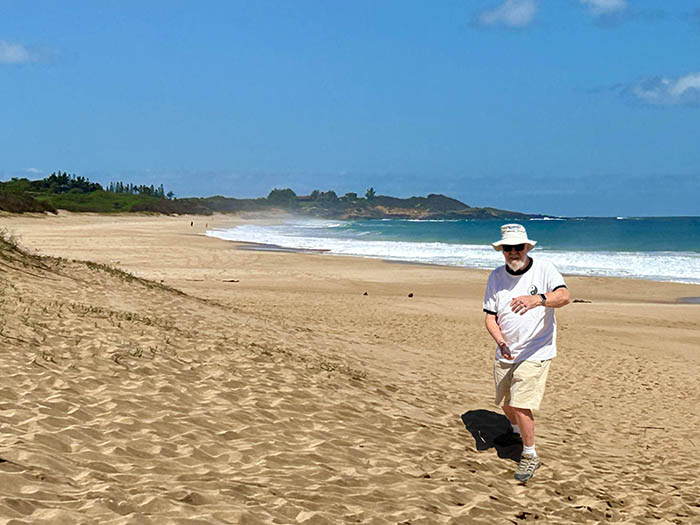Molokai
“The Friendly Isle”
This page starts with Molakai, which is the least developed for tourism.
Links to see pictures of Oahu, Big Island,
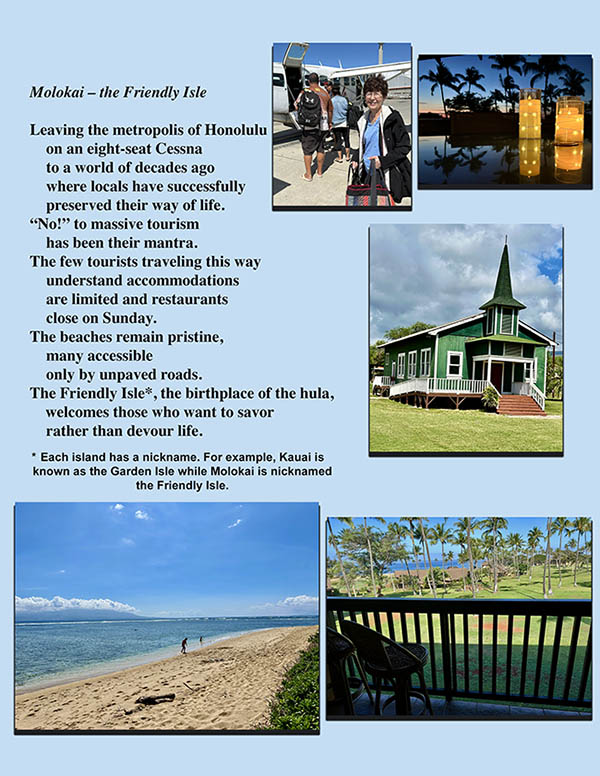
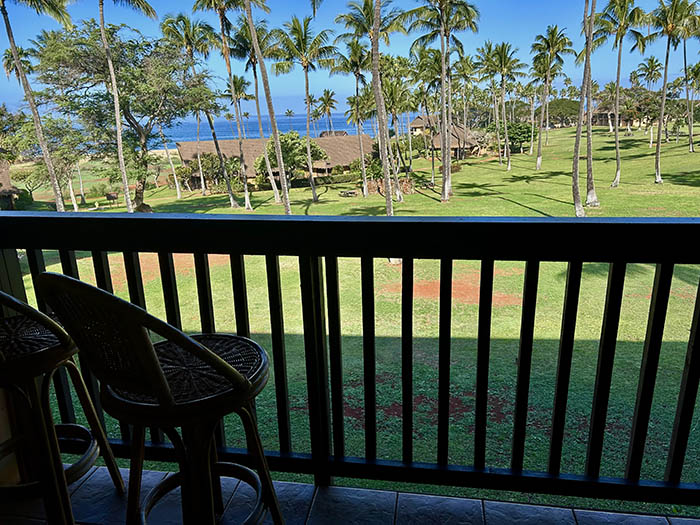
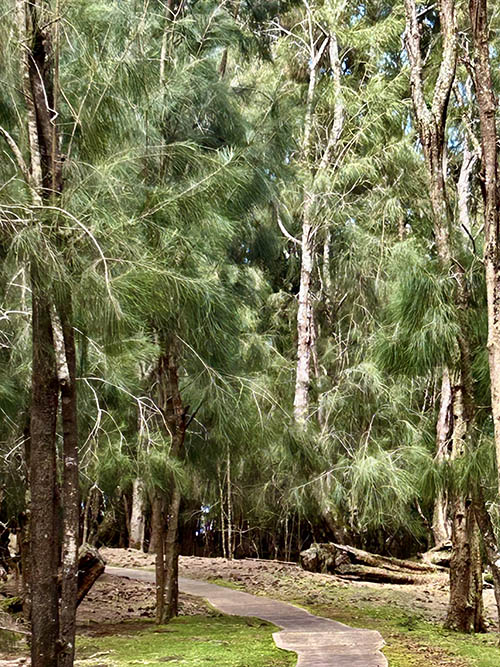
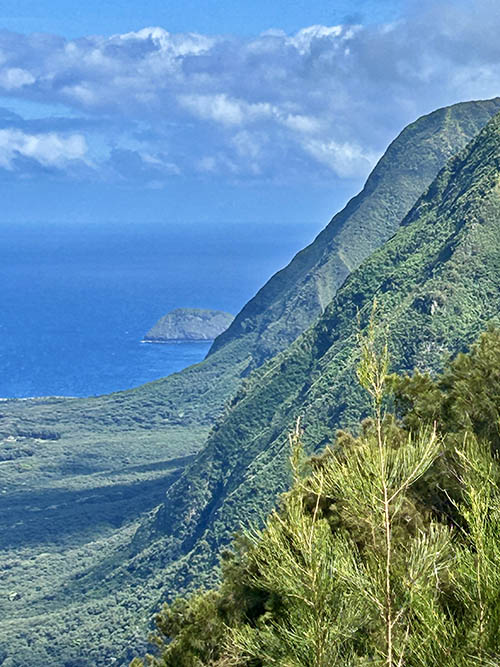
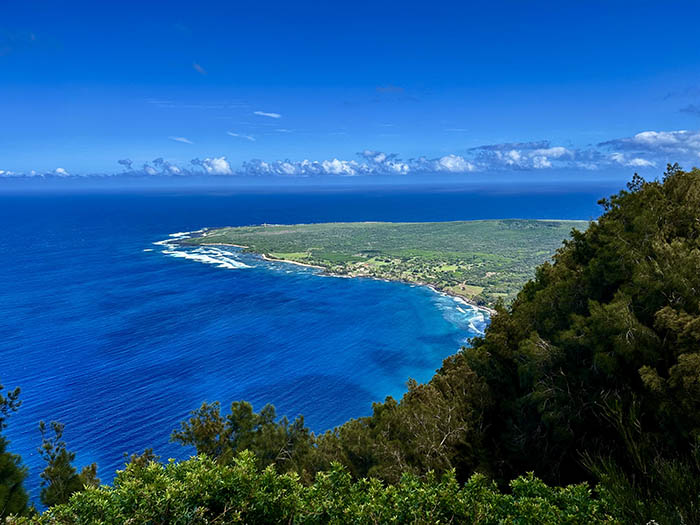
Far below you can see the town of Kalaupapa, accessible by air, a rugged hike, or an arduous dirt road. Ancestors of the leper patients and new residents created the current town. The original village where the lepers were forcefully transported is on the other side of the peninsula. A leprosy outbreak was brought to Hawaii by Spanish sailors. The original village is now a national park. Saint Father Deimen, in the mid-19th C., brought the plight of these native Hawaiians to the eyes of the world. Father Deimen eventually succumbed to the disease.
